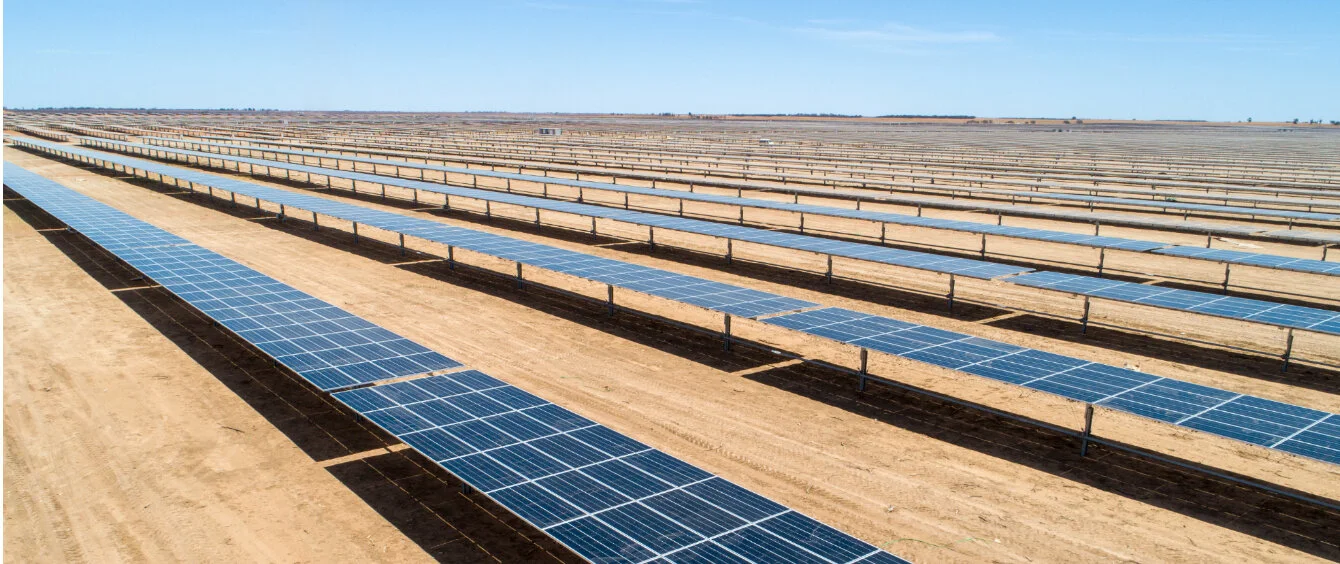Yuma, Arizona, may be the sunniest place on earth, according to the World Meteorological Organisation, but Australia is making the most of the energy-laden sunbeams penetrating the earth’s atmosphere on a daily basis.
According to the Australian PV Institute (APVI), the country passed a major milestone at the end of 2021 with more than 25 GW of solar installed across the nation.
25 GW is enough to put Australia in the top ten worldwide in terms of total capacity.
Per capita metric
The rapid rate of expansion suggests the country will have surpassed 27 GW by the end of first-quarter 2022. But when the country’s relatively small population is taken into account, the real significance of the data shines forth. Australia has about 1kW of solar installed for each citizen, giving it the highest per capita solar rating in the world.
The EU saw a record boom in solar installations in 2021, with the Netherlands clocking up a best-in-class per capita figure of 765 watts. However, Australia eclipses the European record holders by some margin.
Rapid expansion
At 25.3 GW, Australia’s solar capacity expanded by just over 22% in 2021, faster even than Europe’s 19% increase.
Central to this achievement is the enthusiasm for solar at the residential and small business level as solar deployment blossoms on all fronts. According to the APVI, over three million households and small businesses are meeting a proportion, if not all, of their electricity requirements from rooftop solar. In 2021 alone, 4.5 GW of solar was installed on 350,000 homes and businesses, the institute says.
Australia's solar boom: capacity
in kilowatts, source: APVIThe returns on solar investment in Australia are driving deployment. The APVI estimates that a small-scale solar system of 8.8kW costs from A$7,000-A$10,000 and will provide a return on investment of close to 20%. Small businesses and home-owners are thus rushing to make the most of this opportunity.
Sunny climate provides more clean energy
Australia is certainly one of the sunniest countries in the world, receiving on average 1,387-2,264 kWh/m2 of solar irradiation a year, or 3.8-6.3 peak sun hours a day. Western Australia and Northern Territory get the most sunshine, while New South Wales and Victoria states come in at the lower end of the spectrum, but it is the latter more densely-populated areas which lead in terms of residential solar installations.
The expansion is generating ever more clean, sustainable electricity. In December 2021, solar generated over 2.5 TWh of electricity, up from 2.0 TWh in December 2020. Seasonal variation plays a large role in generation levels, but APVI data shows an upward curve across the seasons, with solar generation in June 2021, Australia’s least sunny month, now surpassing the 1 TWh mark.
Not all sunny for utility solar
The country’s burgeoning solar capacity is having a significant impact on the daily electricity market. With most of Australia’s solar capacity generating at the same time, market prices fall in the middle of the day, when the sun is high in the sky, but then ramp up to an evening peak as solar generation declines.
Rooftop solar owners mostly receive a fixed tariff, but grid-connected utility-scale solar is more exposed to lower wholesale prices during daylight, particularly if not contracted through a government contract-for-difference or a corporate power purchase agreement.
This pricing effect is one of the reasons why many solar developers, including RWE, are looking to pair battery storage with existing and new utility-scale solar farms.
